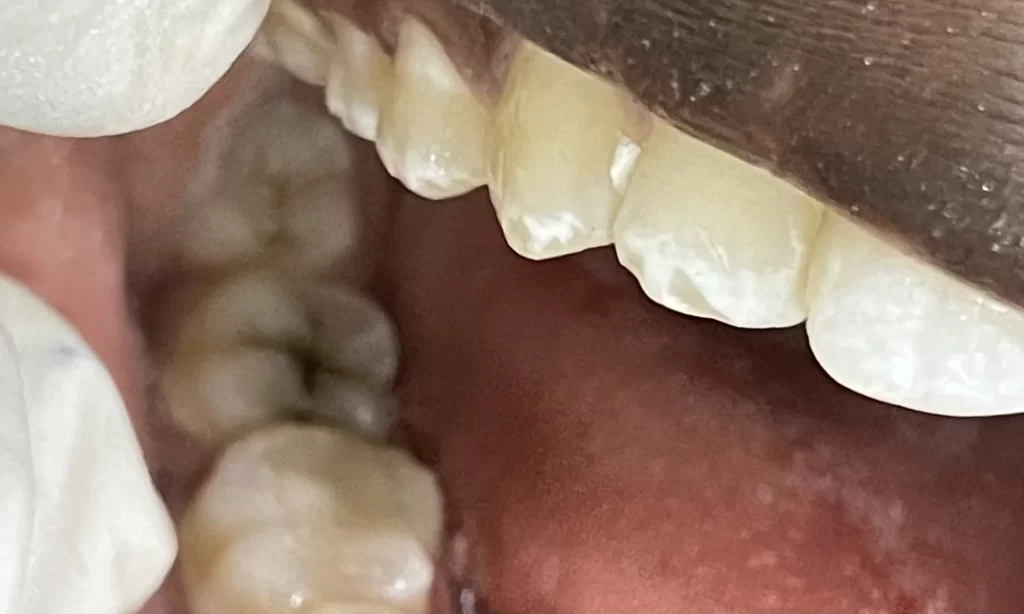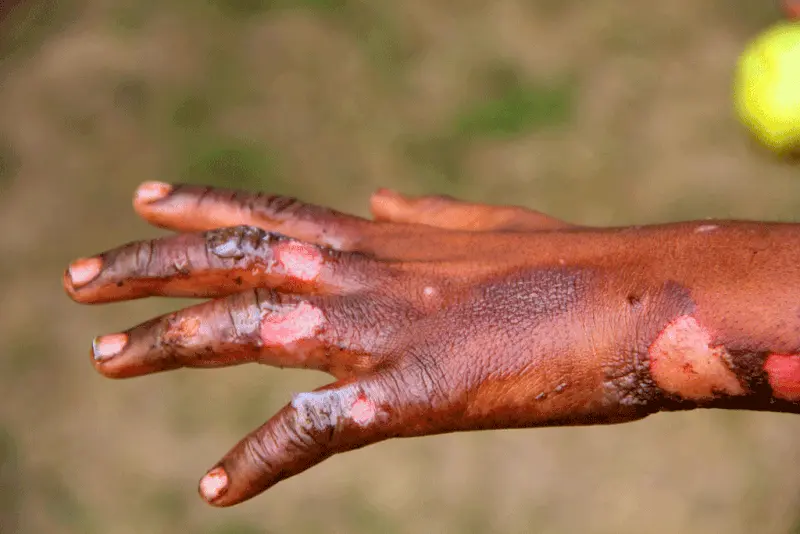Dental Caries

As an oral health professional, it is my duty to provide accurate and professional information regarding dental caries.
Dental caries is a bacterial disease that slowly damages the calcified areas of the tooth. It is a common issue in populations that consume high amounts of refined sugar.
For the formation of caries, three elements must be present: an erupted tooth, refined carbohydrates (sugar), and bacterial plaque. The process of caries takes time, and it typically starts with the early stages of plaque, which become invaded with bacteria. Sugars diffuse through the plaque and are broken down, producing acid as a by-product.
The bacteria responsible for the formation of caries are the acidogenic group, which produces acid and removes mineral salts such as Streptococcus mutans and Lactobacillus. The proteolytic group, which dissolves proteins, such as Clostridia, begins to act when the caries reaches the dentine. The process of demineralization occurs when the pH level falls below 5.5. Typically, this happens within 30 minutes to 2 hours of consuming foods/drinks containing sugar. This process withdraws calcium and phosphate ions from the tooth, leading to acid attack. Remineralization happens when the calcium and phosphates are replaced back into the tooth from saliva, raising the pH level to a safe level above 5.5.
The Stephan’s curve is a great way to measure and show the cariogenic challenge to a tooth. The critical pH value varies between individuals. The cariogenic challenge (cariogenicity) is measured as the area delimited by the critical pH and the Stephan’s curve shown shaded in the diagram. It shows the demineralization and remineralization process after meals. The pH level will drop to critical in less than 2 minutes at each sugar intake and will take from 30 minutes to 2 hours to rise back to a safe level. A frequent sugar intake will allow the pH to remain at a critical level for longer periods, leading to the formation of caries. It is acceptable to consume sugary items three times per day at mealtimes, which allows adequate time for remineralization to take place.

The process of caries has two stages: the early lesion and the open cavity. The early lesion is generally first seen as an opaque white spot on the enamel surface. If the lesion progresses, the surface of the enamel disintegrates, forming a minute cavity. Once the caries reaches the dentine and spreads more rapidly than in the enamel, the enamel edges become undermined, and the supporting enamel breaks off, forming a progressively larger cavity. The tooth may be symptomless but can still become sensitive to hot, cold, and sweet things. If the caries reaches the pulp, the pain becomes much worse and longer-lasting.
Caries can start from stagnation areas and attack some teeth more than others. The molars are the most commonly involved, followed by the premolars and the upper incisors. The lower incisors and canines are the teeth least likely to be affected. The primary stagnation areas include fissures, occlusal pits, interproximal surfaces near the contact point, the buccal surfaces near the gingival margin, displaced teeth, partially erupted teeth, dentures, orthodontic appliances, poor margins on fillings, and crowns.
Root caries is a widespread problem in adults, and it occurs on the crowns of teeth and exposed root surfaces. Root caries lesions are seen in patients with gingival recession, which can result from periodontal disease or abrasion. Root caries can attack the dentine directly, which is exposed due to gingival recession, forming an open cavity. Risk factors for root caries include chronic medical conditions, decreased salivary flow, radiation treatment, physical limitations, diminished manual dexterity, Alzheimer’s disease or dementia, diabetes, and changes in dietary habits. One or more of these risk factors can increase root caries in an individual who has not had dental caries for many years.
In conclusion, the prevention of dental caries is essential for maintaining good oral health. It is critical to practice good oral hygiene, visit a dentist regularly, and maintain a healthy diet. By doing so, we can prevent the formation of caries and avoid potential complications in the future.






Responses